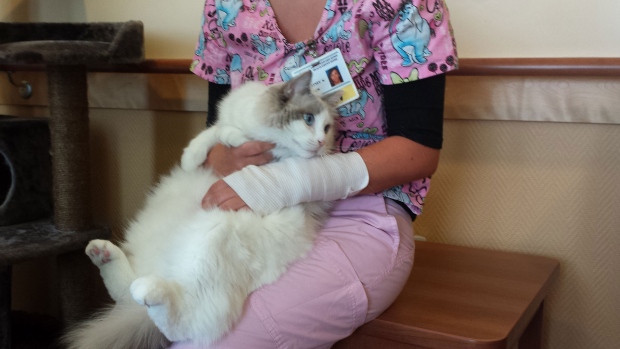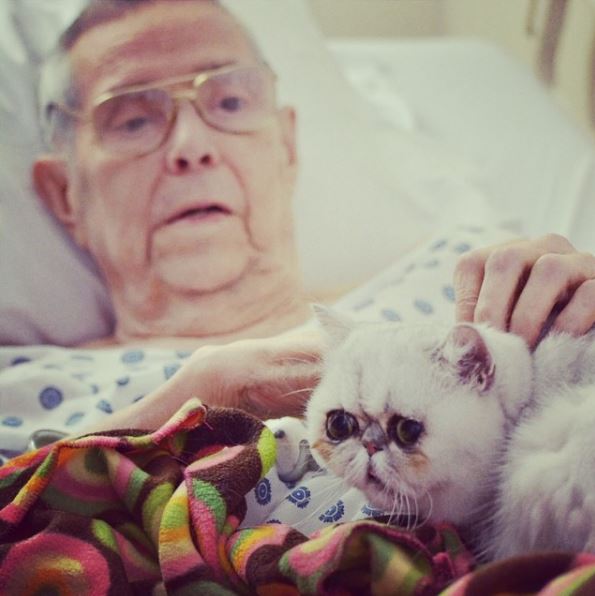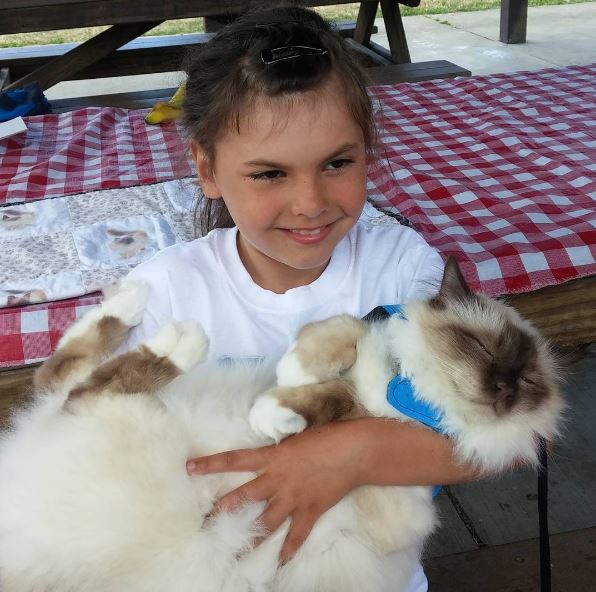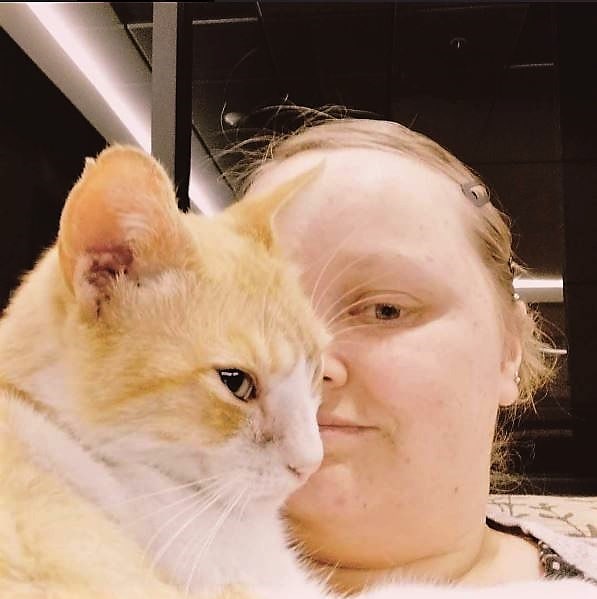
…………………………………………………………………………………………………………………………………………………………………………………………………………………………………………
While dogs have long been considered a benefit for a variety of therapeutic needs, cats are starting to come into their own.

…………………………………………………………………………………………………………………………………………………………………………………………………………………………………………
Meet Lacey, who for almost a years has been keeping the residents at the Prince Edward Home who are suffering from dementia happy. A ragdoll, her breed is particularly well-suited due to low dander and shedding issues and their very likable personalities. In an article from CBC News, facility administrator Andrew MacDougall shares that residents have really taken a shine to the lovable cat.

…………………………………………………………………………………………………………………………………………………………………………………………………………………………………………
“Everyone knows the impact that animals can have on people’s emotional well being. You know, animals are loyal, they’re loving, they give a sense of companionship and we’ve seen various occasions where the cat almost in a way can sense when some residents are having additional difficulties, and there can be more of a connection.”

…………………………………………………………………………………………………………………………………………………………………………………………………………………………………………
Many other locations have done likewise, as cats often seem to have an innate ability to know when someone just needs a cuddle. Many animals who are rescues become therapy animals, as well. Perhaps this elicits an additional empathetic response making them extremely adaptable to these special, often unique, circumstances.

…………………………………………………………………………………………………………………………………………………………………………………………………………………………………………
Pet Partners‘ Mission Statement reads, “Pet Partner’s mission is to improve human health and well-being through the human-animal bond.”
Pet Partners teams interact with a wide variety of clients including veterans with PTSD, seniors living with Alzheimer’s, students with literacy challenges, patients in recovery, people with intellectual disabilities and those approaching end of life. The impact of these interactions is felt one million times a year. Pet Partners’ curriculum and continuing education for licensed Instructors, Evaluators and Handlers is the gold standard in the field.
On their website, you can learn more about volunteering and certifying a pet to be a therapy animal. Animals in these roles do so much to comfort others in need whether simply being a presence in the room to offering a cuddle and a purr.
This is Mike, Director of Feline Service, at Aurora Santa Rosa Hospital. (Photo: Therapy Cat Mike Instagram)
…………………………………………………………………………………………………………………………………………………………………………………………………………………………………………
Whether visiting hospitals, hospices, schools, or any number of other facilities, therapy animals can make an incredible difference to the lives of those with whom they interact.

…………………………………………………………………………………………………………………………………………………………………………………………………………………………………………
